I would like to exploit something like the "polygon" function to fill the area under a curve but I don't want to use colors but narrow parallel lines (better if oblique).
Is that possible?
I would like to exploit something like the "polygon" function to fill the area under a curve but I don't want to use colors but narrow parallel lines (better if oblique).
Is that possible?
Using the density and angle arguments this can be achieved in polygon()
(i.e. read the manual)
x=seq(-7,10,length=200)
y1=dnorm(x,mean=0,sd=1)
plot(x,y1,type="l",lwd=2,col="red")
y2=dnorm(x,mean=3,sd=2)
lines(x,y2,type="l",lwd=2,col="blue")
polygon(x,pmin(y1,y2), density = 10, angle = -45)
with MINOR tweaking from (Shaded area under two curves using R)

It is not clear what do you mean by narrow parallel lines. But It is possible to fill a polygon with a set of lines drawn at a certain angle, with a specific separation between the lines. A density argument controls the separation between the lines (in terms of lines per inch) and an angle argument controls the angle of the line. Her an example where I hash the region defined by the intersection of 2 polygons:
plot(NA,xlim=c(0,1),ylim=c(0,1), xaxs="i",yaxs="i") # Empty plot
a <- curve(x^2-0.25, add = TRUE) # First curve
b <- curve(0.5-x^4, add = TRUE) # Second curve
names(a) <- c('xA','yA')
names(b) <- c('xB','yB')
with(as.list(c(b,a)),{
id <- yB<=yA
# b<a area
polygon(x = c(xB[id], rev(xA[id])),
y = c(yB[id], rev(yA[id])),
density=10, angle=60, border=NULL)
# a>b area
polygon(x = c(xB[!id], rev(xA[!id])),
y = c(yB[!id], rev(yA[!id])),
density=10, angle=30, border=NULL)
})
